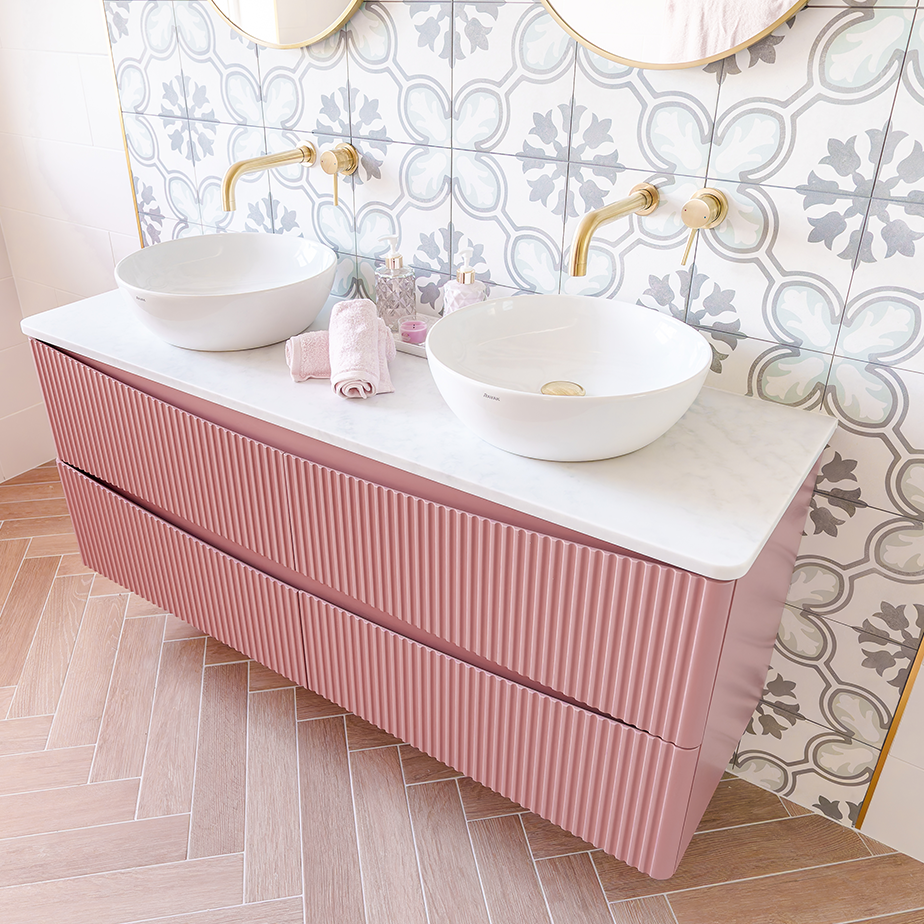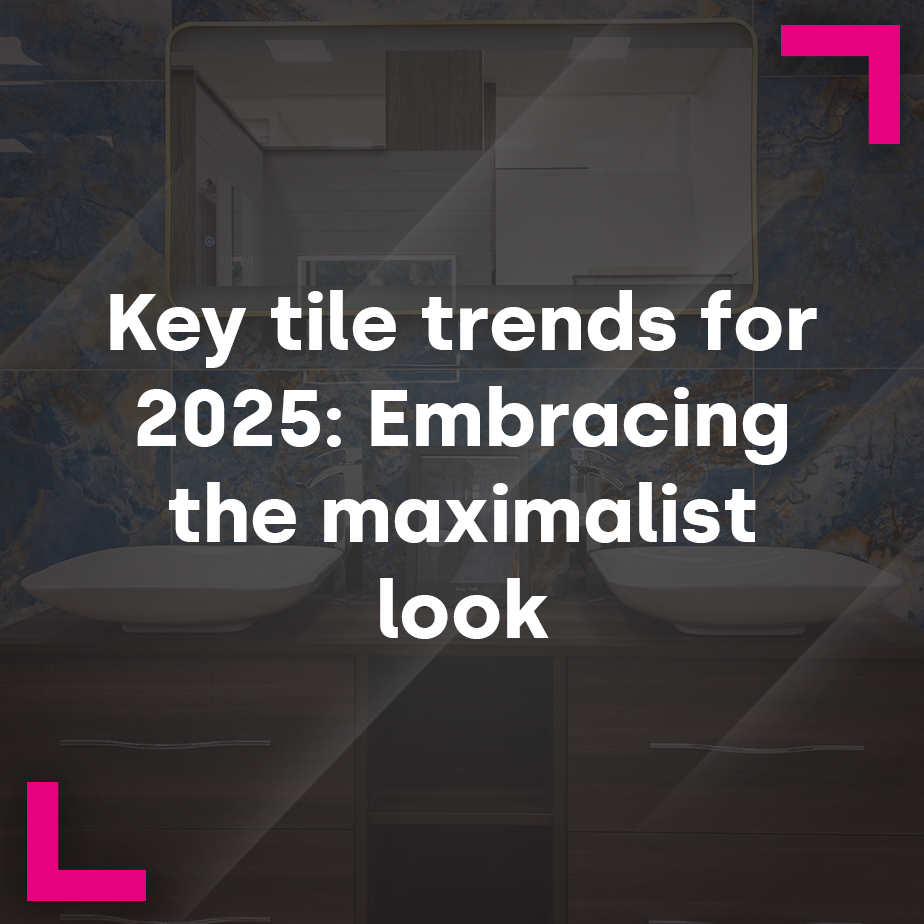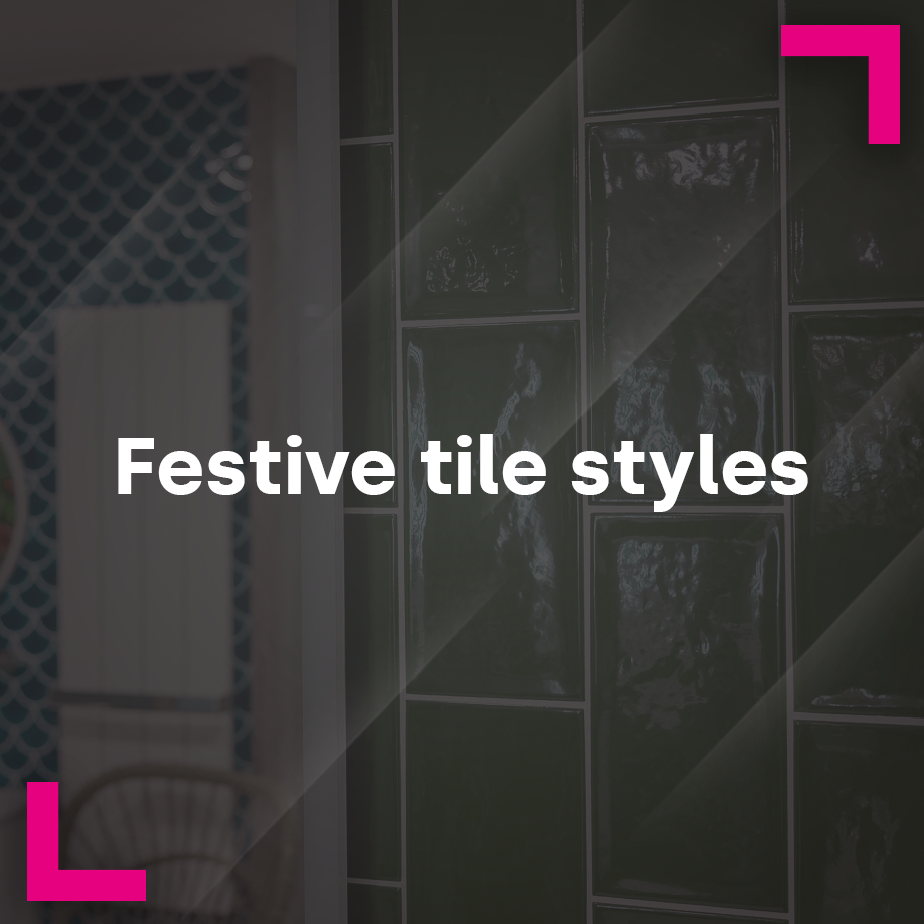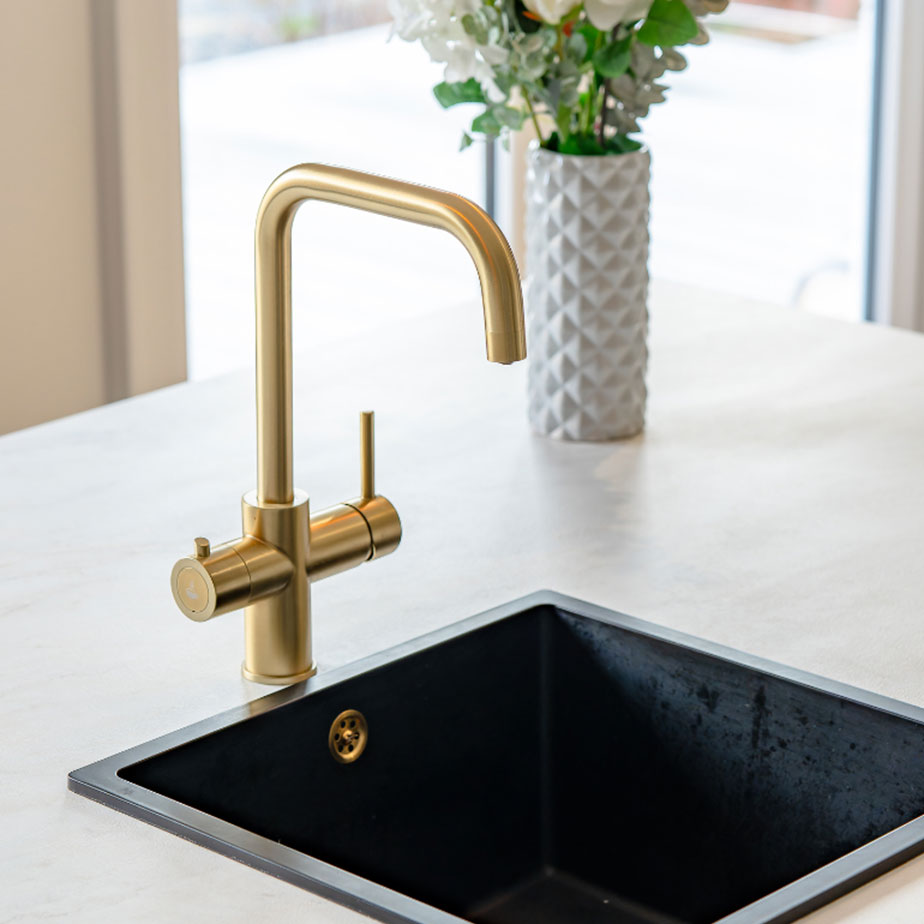All You Need to Know About Flooring
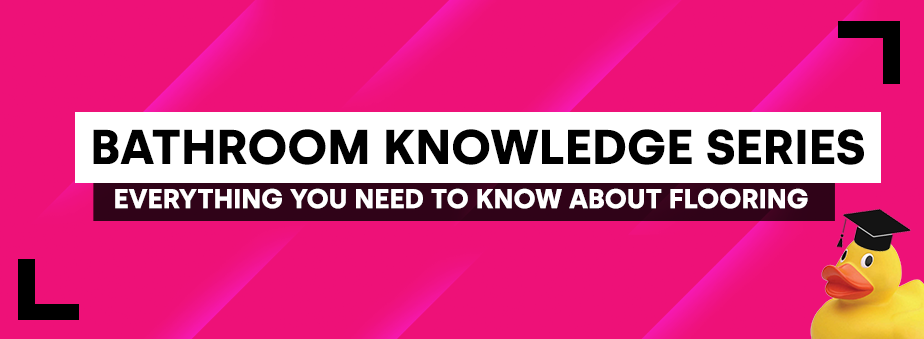
Your Ultimate Guide to Flooring
Want an alternative to floor tiles? At Bathshack, we offer a number of fabulous flooring solutions for any room of the home – not just the bathroom. The following guide will take you through the different flooring options we have so you can make the right choice for you. Let’s begin!
Vinyl is made up of several layers of different materials sandwiched together to form a highly durable, practical, and affordable flooring solution. All our vinyl flooring is by the brand Pergo. They offer ‘Rigid Click’ floors which have many features and benefits:
- Thanks to its ultra-strong core and scratch-resistant top layer, vinyl can handle anything you throw at it. This makes it ideal for high-traffic areas of the home such as the entranceway or kitchen.
- These floors are 100% waterproof when installed as they have a water-repellent vinyl layer and watertight click system. Because it’s water-resistant, it is also super easy to clean. Cook, party, and spill your heart out!
- Installing Rigid Click flooring is a breeze, even on irregular surfaces – simply click and lock it into place! The subfloor also needs little to no preparation.
- Want to keep your toes toasty this winter? Pergo vinyl floors can be used with certain electric underfloor heating systems. Just make sure that the floor does not heat up to 27°C, and always use Pergo underlay (more on underlay later).
- Pergo vinyl flooring comes with an amazing 20 Year Manufacturer’s Guarantee, so you know you are choosing flooring that’s built to last.
- Our vinyl comes in various colours, from greys to light and rich browns. They are designed to replicate real wood, so you can have the stylish appearance of wood floors without the cost or upkeep.
If you want flooring that’s easy to install, cost-effective, and extremely hardwearing, look further than vinyl!
Want to know what else we offer? Let’s take a look at laminate flooring.
Laminate floors are a hybrid floor covering consisting of a high-density fibreboard layer, an image layer that imitates natural wood, and a transparent protective layer on top. They also offer a wider variety of style choices than other flooring types. We offer laminate flooring from Pergo and Krono, two of the best flooring brands around!
Like vinyl, laminate flooring offers numerous benefits:
- Laminate is designed to be highly durable and hard-wearing, thanks to the strong fibreboard layer and scratch-resistant top coating. This means it can take on high traffic, pet claws, and little feet!
- It is generally cheaper than natural wood floors since it’s made from composite wood pressed together.
- Our laminate floorboards feature unique embossing that accurately mimics the appearance and texture of natural wood.
- Laminate flooring is easy to keep clean. Spills and marks can simply be wiped away with a soft microfibre cloth, and it’s easy to sweep or vacuum up dirt and dust.
- This flooring is easy to install by yourself. As a type of floating floor, it has a simple lock-together system.
If you want the durability of vinyl, the authentic appearance of wood, and a wide choice of colour options, we highly recommend laminate flooring.
Is the idea of having real hardwood flooring still on your mind? Why not consider engineered wood? Read on to find out more about this type of flooring.
Engineered wood is constructed of layers and layers of plywood bonded together before being topped off with a solid wood lamella or top layer. The main attraction of this flooring is that it looks and feels just like natural wood. A good quality engineered wood floor will fool even the toughest sceptic into believing that the floor is solid wood! Here is a list of other benefits you can expect if you choose this type of flooring:
- Thanks to its clever construction, engineered wood doesn’t expand and contract to the same extent as solid wood. This means it’s safe to lay in areas where moisture and heat levels fluctuate, such as the bathroom and kitchen.
- Engineered wood floorboards are made to be incredibly tough, so they can withstand heavy footfall.
- It can be re-sanded (the number of times it can be sanded during its lifetime depends on the thickness of the top layer). This gets rid of surface stains or marks and enables the floor to be brought back to life when it’s looking tired.
- After re-sanding, the floor can be refinished to protect it and make it look like new again. This means you are completely free to change the look of the floor every time!
- It is quick and easy to install. Some of our engineered wood flooring has a click system, so it’s easy to click the boards into place yourself.
- It may look like it costs a fortune, but this flooring is very affordable - natural hardwood flooring is usually more expensive.
Do you want all the benefits of real wood with much more durability? Or do you want a luxury floor without breaking the bank? Engineered wood flooring may be your perfect match.
Once you’ve chosen your flooring, you will need some extras to install it properly.
What do I need to buy with my flooring?
Underlay is a layer that’s fitted on top of the subfloor and underneath Engineered Wood or Laminate Flooring. Underlay levels the floor, absorbs sound and provides insulation, which is perfect for the colder months! It also increases the lifespan of your flooring as it acts as a shock absorber to reduce wear and tear from foot traffic and heavy furniture.
Skirting forms a junction between the wall and floor, concealing any uneven surfaces, joints, and unsightly wiring. It also acts as a buffer between the wall and floor, protecting your walls from dirt, scuffing and damage caused by kicks, knocks and furnishings. Our skirting is made from a custom-engineered wood that’s wear and scratch-resistant and can be colour matched to your flooring.
Laminate flooring needs to have an expansion gap around the room - scotia fills in this gap by fixing to the skirting board and over the top of the flooring around the perimeter of the wall. Like our skirting, scotia is resistant to wear and tear and can be matched to the colour of your flooring.
Now that you’ve chosen the correct floor and accessories, it’s time to start shopping!
How much flooring do I need to buy?
All wood and laminate floors come in many different box sizes, normally ranging from 1sqm up to 4sqm. To work out how many packs of flooring you need, you first need to know just 2 basic things:
- The area of the room, preferably in metres squared
- The coverage in a box of your chosen flooring (this will also be in metres squared).
To work out the required coverage you need for a surface area, measure the length and width of the room in metres and multiply these together, e.g. 6m x 4m will give you the floor area of 24m². Our handy flooring calculator will help you with this. Simply enter the dimensions, and we will calculate the amount flooring you need including an extra 10% for wastage.
We also have a flooring price calculator on our website, so you know the total price of each floor for your surface area. This takes into account the area covered per box of flooring.
The perfect fit
So, you’ve bought some fabulous new flooring. What next?
Before you begin installing, there are some pre-fitting steps you need to follow:
- All ‘wet trades’ should be complete, e.g. painting.
- The subfloor should be dry, level and structurally sound.
- The flooring should be acclimatized for 48hrs before fitting with the packaging unopened, preferably in the room the floor is going to be installed.
- Under-floor heating systems should operate for 4 weeks before installation. All underfloor heating systems should be turned off 48 hours before installation and then turned on gradually afterwards at a rate of 2℃ per day.
- Before fitting, you must check the correct product has been delivered also check each board individually for any defects or damage.
Now, you are ready to get laying that floor!
Laying your floor
Don’t sweat - all our flooring comes with fitting instructions so you or your fitter know exactly what to do when installing your floor. There are 3 main installation methods; the one you choose will depend on your subfloor and the type of flooring you’ve purchased.
Floating floor
A floating floor is a floor that does not need to be nailed or glued to the subfloor. An underlay is laid directly onto the subfloor, then the finished floor is ‘floated’ on top.
Stuck down floor
Stick-down floors are adhered directly to the subfloor using an adhesive. This method is only suitable for our engineered wood flooring.
Nail down floor
For this method, the floor must be over 18mm in thickness. It can only be carried out on a wooden subfloor or battens. If the wooden subfloor is concrete, you must sheet the floor or use two-by-two battens.
Floor Care
There are certain things you can do to keep your flooring looking clean and new for longer:
- Vacuum and brush regularly, and occasionally use a damp, well wrung-out cloth or mop. Alternatively, our Pergo All Round Floor Cleaner is specially designed for laminate and engineered wood flooring.
- All moveable furniture must have felt pads fitted where they come into contact with the floor
Summing up
Here is a quick summary to help all your new information sink in:
- We offer 3 different flooring solutions, vinyl, laminate, and engineered wood.
- Vinyl is made up of several layers of different materials sandwiched together to form an extremely hardwearing, practical, and affordable flooring solution.
- Laminate floors consist of a high-density fibreboard layer, an image layer that imitates natural wood, and a transparent protective layer on top. It is ideal if you want the durability of vinyl, the authentic appearance of wood, and a wider choice of colour options.
- Engineered wood is constructed of plywood layers bonded together before being topped off with a solid wood lamella or top layer. This flooring looks and feels just like natural wood, minus the cost and upkeep.
- You will need some accessories to install your floor correctly. Underlay is fitted on top of the subfloor and underneath Engineered Wood or Laminate Flooring. Skirting forms a junction between the wall and floor. Scotia fills the expansion gap between the wall and floor (required for laminate flooring).
- To work out how much flooring you need to buy, measure the length and width of the surface area in metres, multiply these together, and add an extra 10% for wastage. The flooring calculator on our website will help you with this. We also have a flooring price calculator.
- Follow our pre-fitting tips before laying your floor, and make sure to follow the installation instructions that come with your flooring.
Ready to find the perfect flooring for your home? Visit one of our showrooms, or shop online at Bathshack.com.
